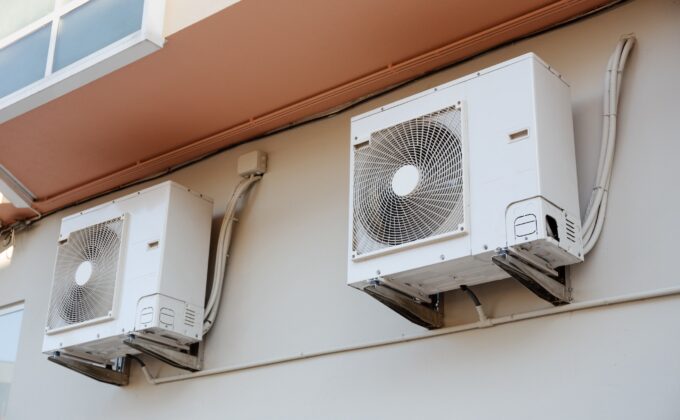
United States
Guiding the United States through the transition to clean, efficient, reliable and affordable power.
The United States is at the forefront of a profound transition in the way it produces and consumes energy. New technologies, more efficient practices and expanding consumer options — coupled with a shifting policy landscape and growing public concern about air pollution and climate change — are transforming every aspect of the power system. An increasing number of U.S. states have set ambitious goals to reduce emissions from energy generation and use, and states have big decisions to make as an influx of federal investment becomes available.
Our Focus
Providing cutting-edge research and innovative ideas to leaders across the country.
As a non-partisan institution, RAP provides cutting-edge research, trusted analysis and innovative ideas to leaders across a broad range of experience who are engaged in clean energy transitions at the state, regional and national levels. We offer tailored recommendations on topics including clean energy deployment, electrification, resource planning, ratemaking, distributed and demand-side resources, grid modernization and utility business models. While taking a long-term view, RAP helps regulators, legislators, governors and consumer advocates answer pressing questions and devise new approaches to create a low-carbon, clean energy system.
RAP’s impact:
Our seasoned team of technical experts, which includes former utility and air quality regulators, brings deep experience to the most complex challenges posed by the accelerating transformation of the U.S. power sector. As trusted advisors, our experts turn these challenges into opportunities to deploy new clean energy technologies and best practices, protect system reliability, and improve environmental performance.
MEET MORE OF RAP’S DEDICATED United States TEAM:
“It’s really rewarding to work with inspired and inspiring people in all regions of the country and the world who work in the public interest. There are delightful people and camaraderie all across the energy sector, in all aspects of this industry that makes me hopeful that our day-to-day work will lead to a better future.”
Camille Kadoch
INSIGHTS FROM RAP EXPERTS
February 2, 2023
Model Rule: NOx Standards for Water Heaters



